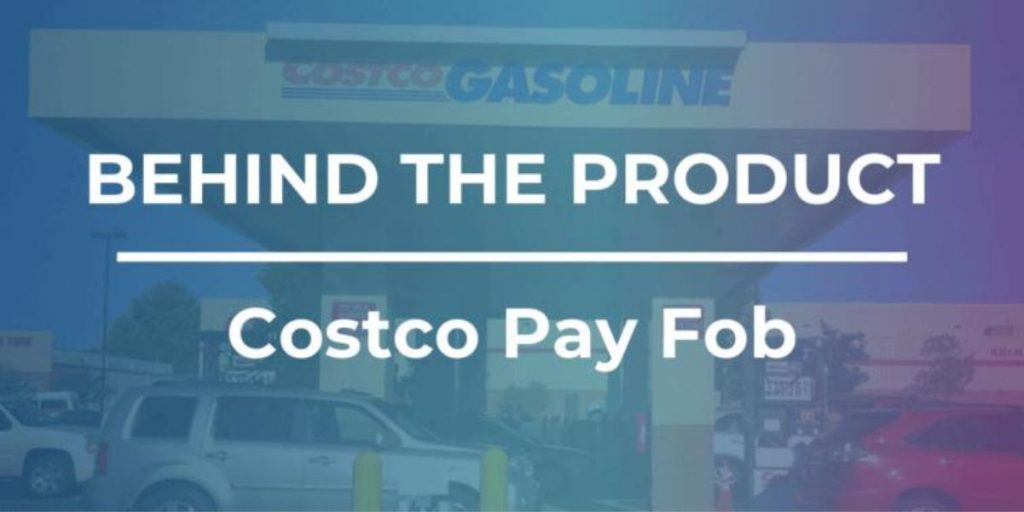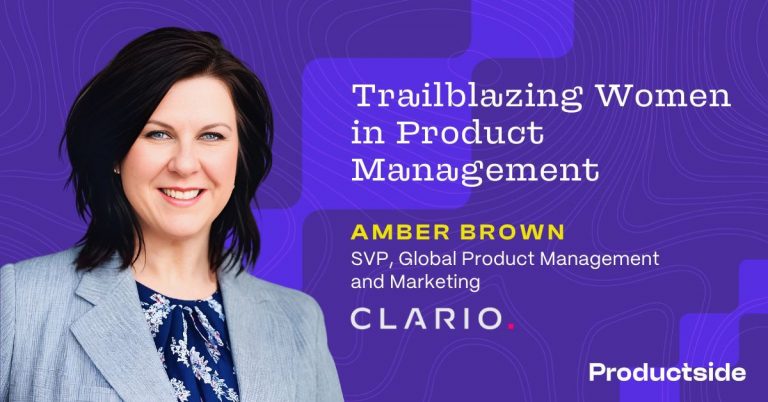
In our “Behind the Product” series, we discuss examples of products or services that highlight a particular product management concept or principle. As product managers, we’re constantly watching new and old products, and the marketing associated with them, to find examples for our training and materials that we can use to exemplify good, or not so good, practices in product management.
A bit of background
I am an admirer of Costco and how they usually provide high value to customers. They are masters of merchandising and negotiating with their vendors to get packages and prices that are truly revolutionary in the “brick and mortar” retail world.
The target market
Costco targets shoppers with families that can leverage their (often) larger package sizes in a warehouse environment to get better prices. Costco is obsessed with providing value to their customers and leverages intense pricing/packaging negotiations with their vendors to help achieve it.
The issue
With that perspective on Costco, you can understand why I was so surprised by the lack of customer insight and identification of a consumer benefit that I saw in their recent product/service offering of the Costco Pay Fob. When a company is developing a new product or service offering, they must ensure that there is a true customer need for that offering, if they hope to drive usage and adoption of it.
Can I beat the gas line?
Recently, I made what has become at least a twice a month visit to Costco to stock up for the family. Before entering the warehouse, I made a stop at the gas center to fuel up my vehicle – impressed by Costco’s 40-50 cents lower price per gallon of gas – prepared for the usual seven to eight vehicle wait at the pump line.
When I got to the gas pump, I noticed a new sign on top. Costco was featuring a new product/service called Costco Pay that was promoted as “A faster way to pay for gas” and was free and available at the membership counter.
At first, this struck me as an unusual offering. I would like the gas line at Costco to be shorter and wish I could move through the line faster, but putting my credit card into the reader was not the biggest impediment. Instead, this fob seemed like a burden – to carry yet another piece of hardware just to enable me to save mere seconds in paying. This was not a valuable solution for my customer problem of waiting in the Costco gas line.
How successful was the new offering?
After paying for my fuel using my Costco Visa card and arriving at the warehouse entry, I noticed a set of tables with lots of information on this new product/service and five Costco employees ready to sign members up for it. Clearly Costco was putting a lot of effort behind the new product launch. What I didn’t see was any Costco members showing a modicum of interest in the tables, the employees, or the new offering.
Running the numbers
On exiting, I noticed a write-on board at the front of the warehouse. On it, the Costco team was tracking sign-ups for their new Costco Pay Fob (a fascinating piece of analytics that Costco displays to both employees and “members”). Despite the late afternoon hour, Costco had exactly 2 sign-ups for the Costco Pay Fob that day or about 0.4 sign-ups per employee dedicated to it. Not quite the ringing success that the executives about 200 yards away at Costco’s Issaquah headquarters might have hoped for.
What was the customer benefit?
Let’s look at this new Costco offering from a product management perspective. This seemed to be a failed product introduction. Despite significant investment in resources, members seemed to have rejected this new product/service.
This product/service clearly provides a benefit to Costco. If members carry the fob, there is instant access to their Costco payment account and a reminder of Costco every time the member reaches for his or her keys. Furthermore, it might reduce bottlenecks that come up in any queuing around payment for Costco items or enable members to more easily use their Costco payment methodology at other retailers.
It appears that Costco did not do enough homework to understand the customer need in this situation. Costco identified a customer problem that needed fixing or at least some modification – waiting in long lines at the Costco fueling center. However, the solution of a payment fob did not provide enough customer value in solving this problem. The benefit of shorter interactions at the pump was not enough to cover the customer cost of carrying the fob. Costco members are making that painfully obvious, at least at this warehouse, and with fairly negative comments on Reddit.
Increasing the value by reducing the customer “cost”
What could Costco have done as a potential solution to this customer problem without adding another burden to their members? They could have provided information to ease customer anxiety and cost of filling their vehicle from a pump on the wrong side of their vehicle (they already invested in long and very flexible hoses to easily reach both sides of a vehicle) or leveraged the Costco employees they already have at the fuel centers to even off the lines more smoothly – or even provide fuel line wait times in the Costco mobile app. What they clearly needed to do was to understand that having members make an “investment” in Costco by carrying a fob must be counterbalanced by a clearly demonstrated value. Does the pay fob deliver a benefit worth the cost of the burden of carrying the fob around?
Wrap Up
So, in coming up with solutions to identified customer problems, we must be cognizant of the customer value – the ratio of costs to the customer vs. the benefits received. In order to have a customer make an investment in a solution to a problem, they must see a benefit from that investment. Lack of this clear benefit for at least a segment of the customers will lead to low adoption and likely product failure – as Costco is exhibiting with their Customer Pay Fob.


